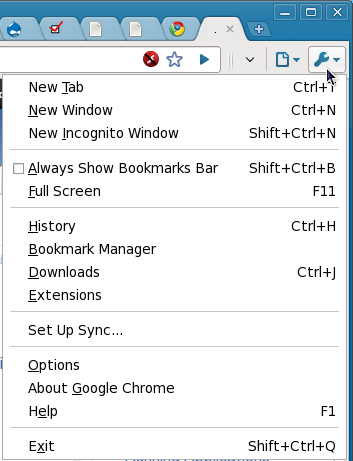Technology is a marvelous thing. At its best, it enables people to express themselves, to do things that had once been impossible or impractical; but as it does so, the wizards of the old domain find that their arcane knowledge loses value dramatically.
Consider, if you will, the photographer.
Initially, photography was a purely technical exercise, which required not only technical expertise but the possession of costly and cumbersome machinery. There were very few wizards, and everything they did was magic.
As the 20th century progressed, things began to change. 35mm cameras were available in a (relatively) affordable form, and the value proposition shifted. Operating and owning the machine was no longer an impenetrable barrier to entry; people could actually do so in their own homes. They could capture photographs of their own lives.
Of course, there was still magic to it: even though a home user could afford to take photos, the costs were still significant, and the technical skill required to operate consumer-grade devices was still decidedly non-trivial. Technology had facilitated the notion of an "amateur photographer," but an "amateur photographer" was, himself, still something of a wizard.
For the utter non-wizard, there arose "point and shoot" and instant cameras. Anybody who wanted to take a picture was eventually able to do so; but, even so, these devices were still cumbersome, and for any larger prints one still needed at least an amateur wizard.
In parallel to the proliferation of photographic equipment developed a new notion: that of photography as art. It's undeniable that some people have a gift in this respect, some special capacity to capture a specific moment, framed a certain way, optimally composed to elicit a certain response. Entire schools of study were devoted to this art form, and the photographer became more than a technical wizard, he also became viewed as an artist.
It's astounding, then, to watch the extent to which technology has changed the equation. It is true that every advance in the film era (and there were many) opened the gates a little wider, but the real revolution has come from the digital age.
I own a Sony A700, which is a fully digital SLR. This is a device that would have been completely unfathomable 15 years ago, and the notion of such equipment as a mass market consumer product would have been equally unfathomable as recently as 7 years ago. Think about how significant this is: within a mere 15 years, we've gone from something that was almost unimaginable at any cost, to something that almost any middle class enthusiast can find a way to afford.
The readily available Digital SLR has effectively killed photography as technical wizardry. Gone are the physical machinations inherent to film processing. Gone is the wait between capture and development. Gone is the limitation of sharing an image only through a physical object. Even gone is the required expertise and ridiculously specialized equipment required to create images which can be printed at poster quality.
Compared to what came before, this machine is so magical that anybody who touches it becomes a wizard.
I feel a bit for the purely technical career photographer, who strikes me as the equivalent of a gas station attendant as self-serve fuel pumps are developed. His specific form of wizardry is devalued, and his craft has become a commodity. The truly exceptional photographers (who have a knack for consistently finding a powerful image) will always remain in demand, but just being a guy with a camera who knows how to use it is no longer enough to make a living.
One can lament the plight of the technician photographer, but society as a whole clearly wins in this bargain. The notion of "photography as art" is now not only nearly universally recognized, but is also nearly universally accessible, and we currently witness the creation of photographic images the likes and volume of which would have been just as unimaginable as my camera 20 years ago. Artists no longer must emerge as a subset of the small pool of technical wizards, but from the massive pool of... well, virtually everybody who can post a picture online.
The notion of photographer as a technician is nearly dead, but the photographer as an artist? He's more alive than ever; and he is everybody.
